I chose to explore the academia aesthetic. This aesthetic embodies a very intelligent look and feel and has mostly historic English architecture. It includes lots of earth tones like brown, black, tan, navy and green. The University of Oxford in England campus was a large contributor to the aesthetic, this was founded in the 2nd century. The University of Cambridge was founded in the early 3rd century and has an almost identical aesthetic. These earlier Western universities were the basis of the architectural design of later universities founded in the United States.



The interior architecture adds to the academia aesthetic. Libraries in this aesthetic have common materials such as woods and stones. The wood provides an elegant, mature look with a natural feel. The stone adds artistic, intricate design features like crown molding and other small statues carved within the walls. The rows and rows of books containing millions of words speak an abundance of knowledge. When you think of a library, you automatically think of studying, silence, head in the books, learning, reading, using your brain in complete solitude. Not all libraries have an aesthetic that matches this, but these older libraries accompanying the castle-esque universities do for sure. They say a picture is worth a thousand words.. well these pictures below speak millions of words for sure.
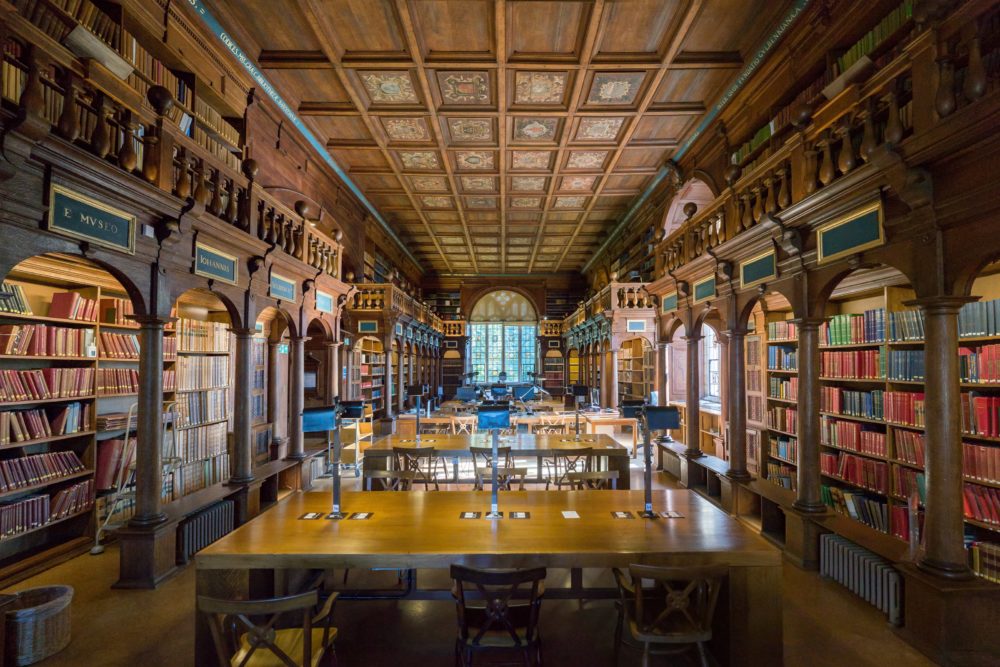
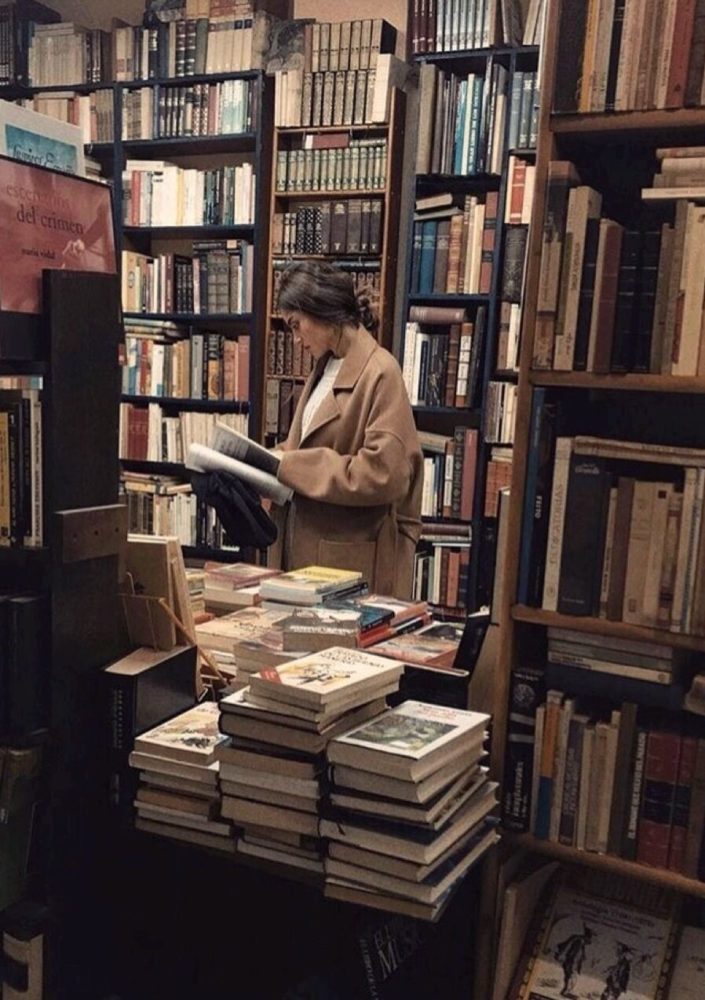

I think the academia aesthetic inspired sets/themes in movies like Harry Potter and Good Will Hunting. While Good Will Hunting already has an academic feel due to the main character’s gift in mathematics, we see scenes like the one below in the Professor’s office, books everywhere. Similarly, the architecture of Hogwarts in Harry Potter has a very familiar feel to that of the several images preceding this. The large dining hall with the tall ceilings, and low lighting lamps and candles, myriad of old paintings lining the walls of long staircases and even the uniform of all the students plays into this academia aesthetic. It is very clear in both movies that there is a teaching aspect and corresponding learning aspect even just in the aesthetic.
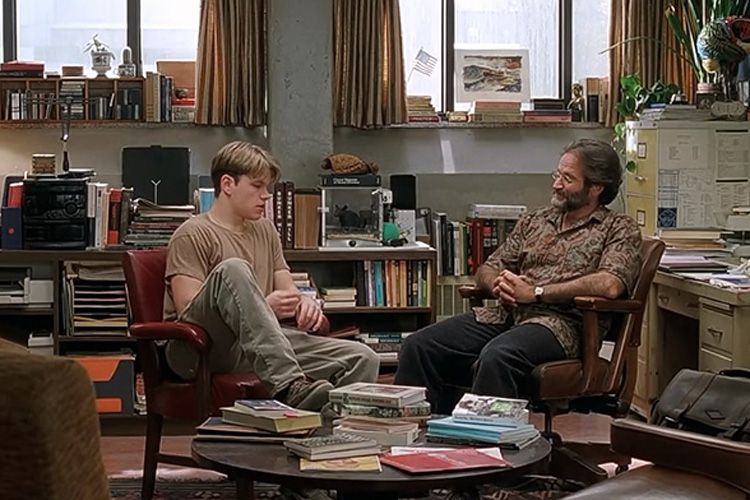
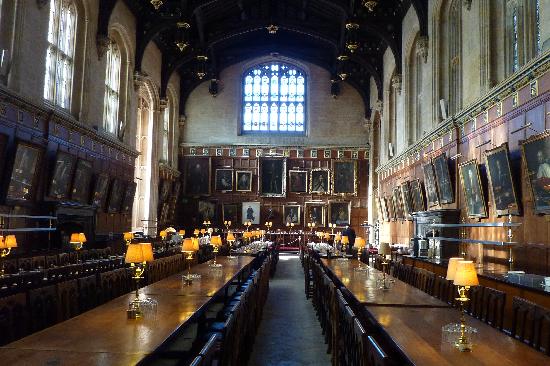

Finally, as I touched on a little bit above, the academia aesthetic has a notable look for clothing as well. While Ron, Harry and Hermione have to wear dress shirts, ties and cloaks, the three images below show more modern academic looks. This is a traditional ivy/preppy style. This includes muted colors (browns, blacks, blues), and simple patterns (if any). Khakis, sweaters, blazers with elbow pads, longer skirts, button ups, plain blouses, and dress shoes are all common features. Accessories often include an over the shoulder bag, leather-bound notebook or other book, glasses etc. The style gives off a very put together, intelligent, and scholarly look.
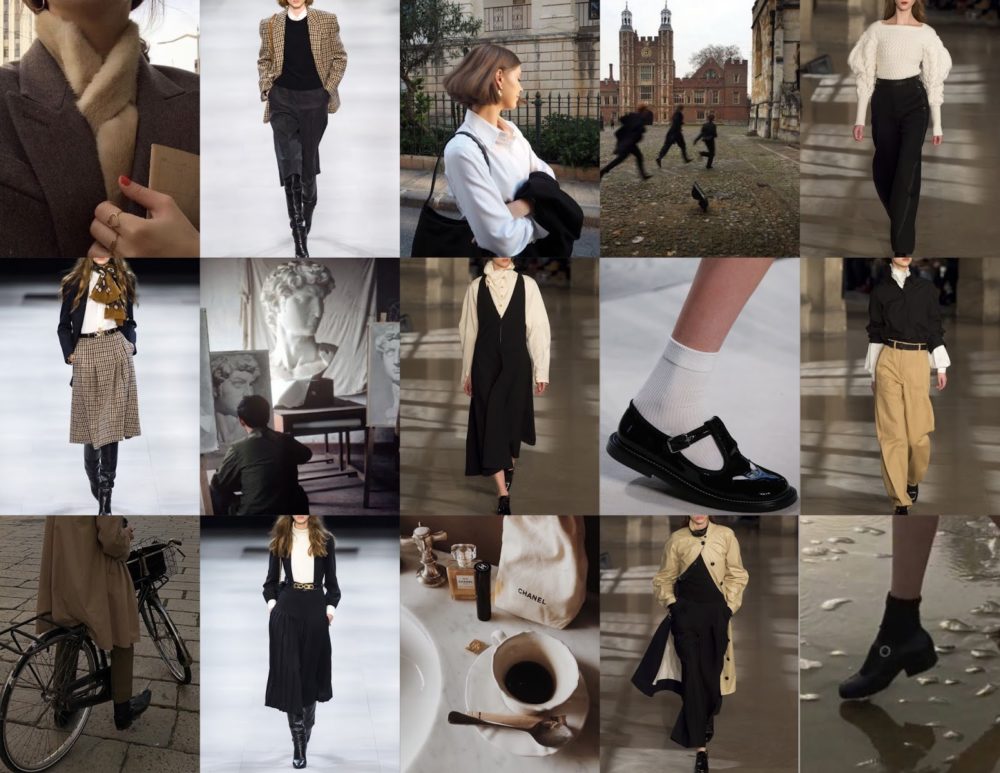
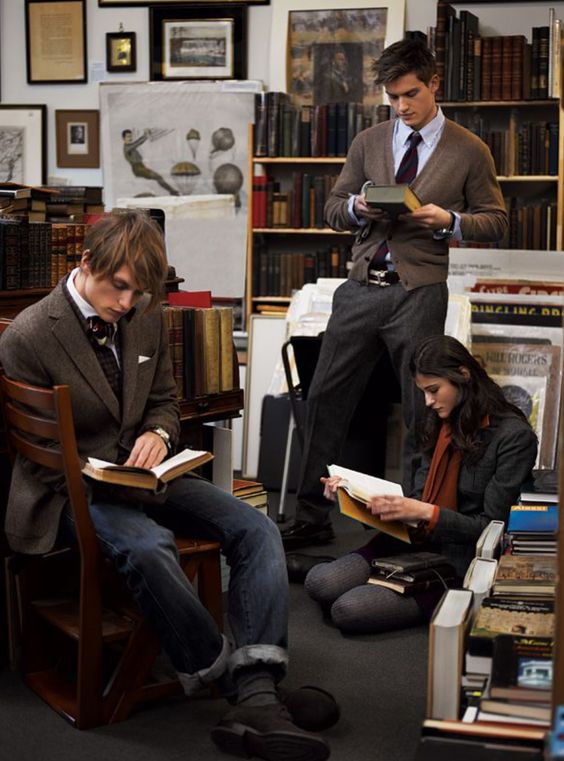

Overall, the academia aesthetic represents the scholarly, preppy, smart look of society. Often considered sort of snobby, as far as clothing goes, but notably elegant and old fashioned in style and feel.
Reference Images:
(1) Fairypage, 2021, Featured Image
(2) Abi Johnson, 2019, Image 1
(3) Diliff, 2006, Image 2
(4) John Cairns, 2019, Image 3
(5) Vinesh Rajpaul, 2017, Image 4
(6) Beth Mcdermott, 2020, Image 5
(7) Allan Faherty, 2020, Image 6
(8) Sanyal, 2015, Image 7
(9) Chaudrhi, 2019, Image 8
(10) Carter, 2018, Image 9
(11) Dena, 2019, Image 10
(12) Romano, 2021, Image 11
(13) Bailey, 2020, Image 12
Sources:
“University of Cambridge.” Wikipedia, Wikimedia Foundation, 26 Jan. 2021, en.wikipedia.org/wiki/University_of_Cambridge.
“University of Oxford.” Wikipedia, Wikimedia Foundation, 28 Jan. 2021, en.wikipedia.org/wiki/University_of_Oxford.


5 Comments. Leave new
Wow it’s gorgeous?
https://telegra.ph/School-Tote-Bags—Redbubble-07-02
This is a great post! Even without looking at the pictures, your descriptions of architecture, interior design, clothing, etc. brought clear pictures to my head of this academia aesthetic. It’s amazing that this architecture stems all the way from 2nd century Europe. Do you know who the major architects were at that time? Was there any additional artistic influence to drive this kind of architectural design? The libraries are also a very notable feature when it comes to this aesthetic, but I’m curious about lecture halls as well. Are the lecture halls designed in a particular way to encourage focus on studies and the information being taught? And what about the landscaping around the architecture? What kinds of plants are typical for keeping with this aesthetic?
Again, really nice post – you described the academia aesthetic perfectly!
Hi Natalie, thanks for your response! So I did some more digging and it turns out the Sir Christopher Wren is the architect/designer of many of Oxford’s campus buildings, Christ Church being one of them. He’s also the architect for St. Paul’s Cathedral in London! In regards to your question posed about lecture halls, the older buildings were not meant for large lecture style teaching. Any lecture halls now were built much later and are more modern as you see even here at CU. Finally, the common landscaping is usually tall hedges that are nicely trimmed with short grasses in between.
Valerie, I love this post! I think you did a phenomenal job connecting all the far-reaching effects of the aesthetic, in architecture, culture, movies, fashion, color, lighting, and the more intrinsic feeling of knowledge. I also love the images you chose, as I think they portray the aesthetic well, and also are aesthetically pleasing themselves. You did a great job of choosing and organizing them to really drive your point home. I really appreciate how this aesthetic has a very distinct history/starting point, I think that is pretty cool. I would love to learn more about how this aesthetic affects the textures and materials of the fashion that it inspires! I feel like there are some distinct textiles and materials that define the fashion, what do you think?
Hey Jillian, thanks for your comments! I did a bit more research to answer your question and you’re totally right. There are definitely certain fabrics that define the style of the aesthetic. According to a blogpost I found called The Dark Academia Starter Pack, “fall-friendly wool, tweed and corduroy fabrics are important, while linen and cotton tops are key layering pieces.” Additionally, common patterns and textures are checkers, argyle and houndstooth.